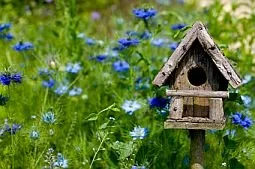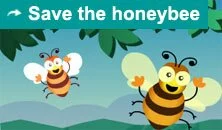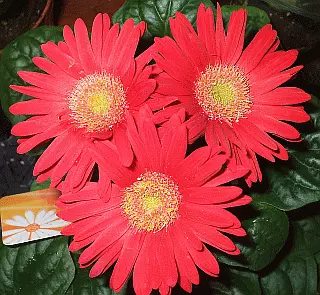Peat is partially decomposed plant debris and is located in bogs and moors. These are basically cool, water-logged environments. Taking thousands of years to form, peat is arguably the best growing medium for cultivating seedlings of a wide range of plants. It is stable, long lasting, well aerated, moisture retentive and an extremely popular choice in the greenhouse or shed as potting compost. However, the peat industry for horticultural purposes has been responsible for the destruction of 94% of British peat lands in the latter half of the 20th century.
These areas are, coincidentally, home to a range of rare or specialised plants and animals which are threatened by this habitat loss: carnivorous plants such as sundews, butterworts and bladderworts, nightjars (summer visiting relatives of the woodpecker) and many species of weird and wonderful insects.








